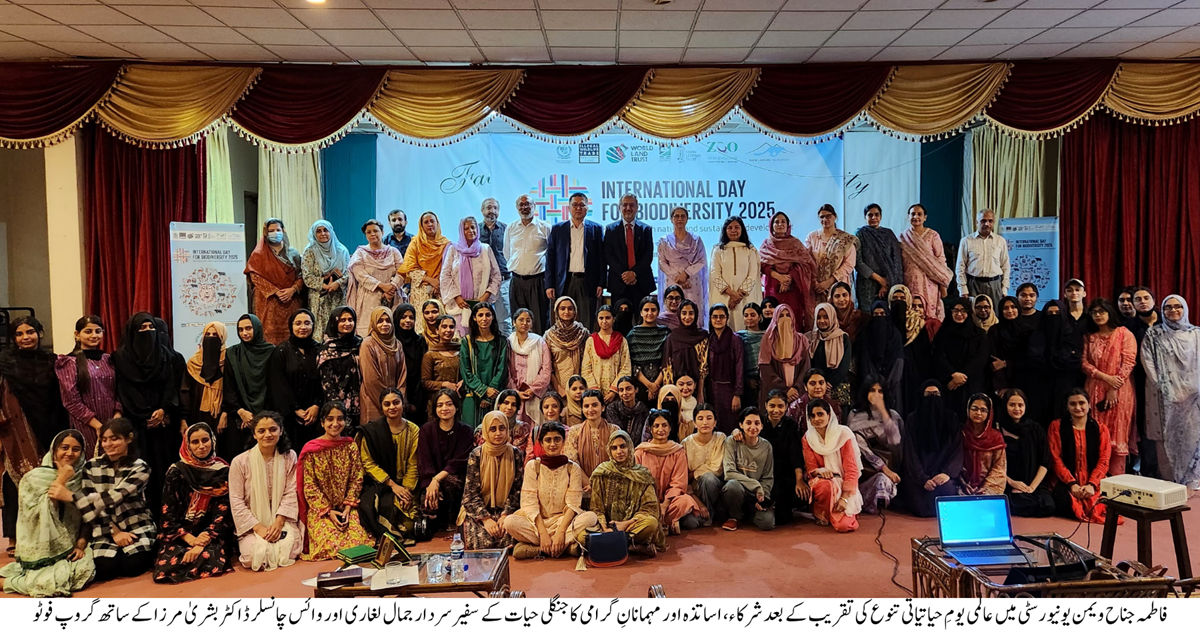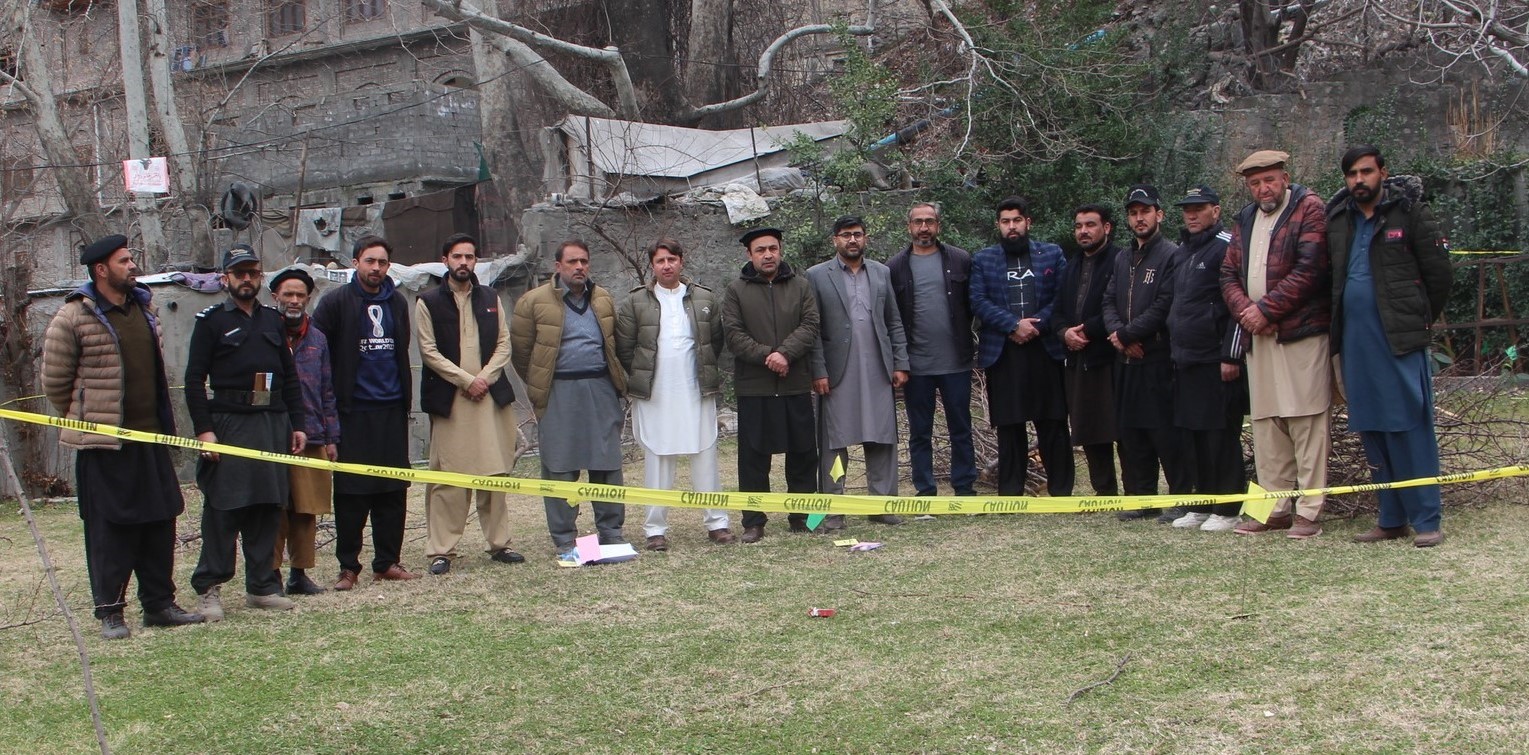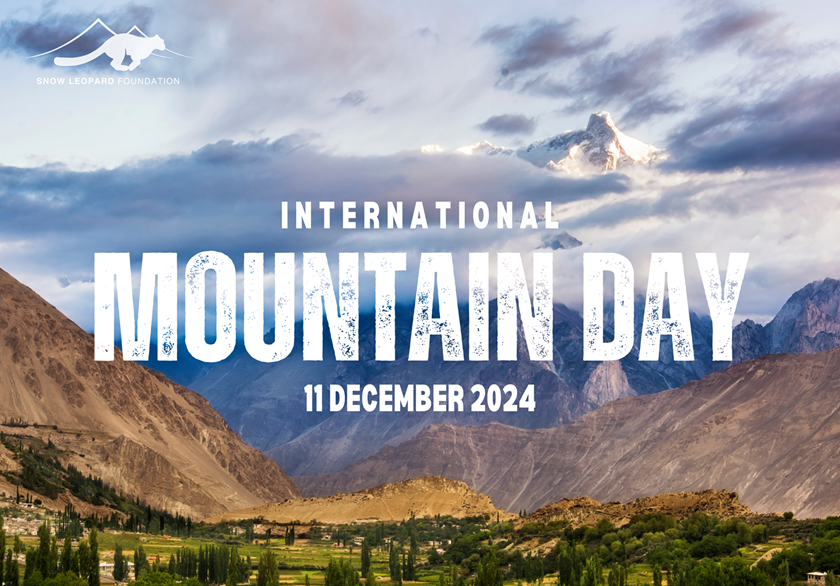May 19, 2025: The Government of Pakistan, through the Gilgit-Baltistan Wildlife Department, is evaluating the international transfer of two captive snow leopards currently housed at the Snow Leopard Rehabilitation Centre in Naltar Valley, Gilgit-Baltistan. The Snow Leopard Foundation (SLF) wishes to present its position and provide factual clarity regarding the proposed transfer of two captive snow leopards.
Background
The two snow leopards currently in custody were both removed from the wild under illegal circumstances—first in 2012 and again in 2024. These animals were not rescued in a conservation sense; rather, they were victims of wildlife trafficking and now require permanent, specialized care. Having been raised in captivity and subjected to prolonged human interaction, these individuals have undergone behavioural modification and cannot be released into the wild without considerable risk to themselves and to natural ecosystems.
Scientific and Welfare Considerations
Long-term experience with large carnivore management shows that animals raised in captivity—especially those illegally captured at a young age—do not develop essential survival instincts and cannot be successfully rehabilitated for release. Their continued existence depends on a well-managed, species-appropriate environment that simulates natural conditions and ensures their physical and psychological well-being.
International zoological institutions with expertise in snow leopard husbandry, veterinary care, and behavioural enrichment can offer the level of care these animals require. The proposed transfer is consistent with best practices in ex-situ wildlife management and is aimed solely at improving the animals’ welfare—not for commercial or entertainment purposes.
Legal Basis
The transfer complies with Pakistan’s wildlife protection laws and international obligations under the Convention on International Trade in Endangered Species of Wild Fauna and Flora (CITES), to which Pakistan is a signatory. Under CITES Appendix I, non-commercial transfers are permitted when they serve the purpose of animal welfare and scientific collaboration, and when they follow strict permitting procedures.
Capacity and Institutional Limitations
The Naltar facility was originally established by SLF in 2013, with financial support from the U.S. Embassy in Islamabad, following the illegal capture of a snow leopard cub in 2012. The facility was designed under expert guidance from Nordens Ark, Sweden—one of Europe’s foremost institutions for captive breeding and conservation of endangered species. Two officers were trained at Nordens Ark to ensure the professional management of the centre.
However, maintaining high standards of care for apex predators such as snow leopards requires sustained funding, trained personnel, and year-round veterinary services—all of which currently remain limited due to financial and logistical constraints.
The wildlife department has made commendable efforts under challenging conditions. Nevertheless, the long-term wellbeing of these animals cannot be assured under existing capacity. Rather than allow their condition to deteriorate in captivity, a transfer to a facility with appropriate care standards is a responsible and ethical course of action.
Ethical Imperative
Every decision involving captive wildlife must centre on animal welfare. Retaining wild animals in inadequate facilities for symbolic or emotional reasons is inconsistent with the principles of humane and ethical treatment. Transferring these animals to a facility capable of providing lifelong care respects their dignity and rights as sentient beings.
These captive individuals are no longer part of the wild gene pool. Their existence bears minimal relevance to the broader conservation of snow leopards in Pakistan. Therefore, the issue at hand is one of animal welfare and ethical management, not a conservation priority.
Transferring these animals abroad, if it ensures better care and aligns with international animal welfare standards, should not be construed as a failure or contradiction of Pakistan’s conservation efforts. These animals were not captured from the wild for export purposes, and their transfer does not reflect on the integrity of national conservation achievements. Pakistan has made significant strides in snow leopard research and conservation, earning recognition at both regional and international forums.
National Snow Leopard Conservation Priorities
Pakistan faces urgent and far-reaching threats to its snow leopard population, including:
- Illegal poaching and trade
- Human-wildlife conflict and retaliatory killings
- Habitat degradation and fragmentation
- Impacts of climate change
These core challenges demand the full attention and resources of government agencies and conservation partners. Maintaining a focus on wild populations and their habitats must remain our top priority.
Future Needs and Recommendations
To prevent similar situations in the future and to enhance Pakistan’s capacity to manage orphaned or injured wildlife, we recommend the following:
- Establish specialized units within the Wildlife Department, equipped with trained veterinarians, essential medical supplies, and appropriate rehabilitation infrastructure.
- Adhere to GSLEP policy guidelines for managing unusual encounters with snow leopards, as outlined here: [GSLEP Policy Recommendation 10 (Urdu)](https://globalsnowleopard.org/wp-content/uploads/2021/08/Policy-Recommendation-10-Urdu.pdf).
- Prioritize conservation of wild populations, while also establishing cost-effective essential care rehabilitation centers in key biodiversity zones. These facilities should be capable of providing timely treatment to injured and orphaned animals, using minimal resources.
- Promote international collaboration to access technical expertise and uphold high standards of ethical wildlife care.
In conclusion, the Snow Leopard Foundation (SLF) acknowledges the complexity of the current situation. While the fate of the two captive snow leopards raises valid ethical concerns, it must not overshadow the urgent conservation needs of wild populations. Any decision regarding their transfer should prioritize animal welfare, comply with national and international legal frameworks, and align with the broader goals of wildlife conservation in Pakistan.
Snow Leopard Foundation
The Snow Leopard Foundation (SLF) is a science-based conservation organization, striving to conserve the viable population of snow leopards and other wild carnivores as an integral part of landscapes across Pakistan, through blend of innovative strategies: state-of-the-art research that unravels the mysteries of these elusive creatures, community-based conservation initiatives that foster harmony between humans and wildlife, capacity-building programs that empower local stewards of nature, and educational outreach that spreads awareness and ignites a passion for wildlife preservation.
The SLF manages the largest snow leopard conservation program in Pakistan, by working through an active partnership with the local communities, government departments, academia, and other stakeholders. The SLF’s conservation programs now encompass 50 valleys spanning Gilgit-Baltistan (GB), Khyber Pakhtunkhwa (KP), and Azad Jammu and Kashmir (AJK). These initiatives have significantly contributed to fostering public tolerance of snow leopards and coexistence with predators in the high-altitude ecosystems of northern Pakistan.



